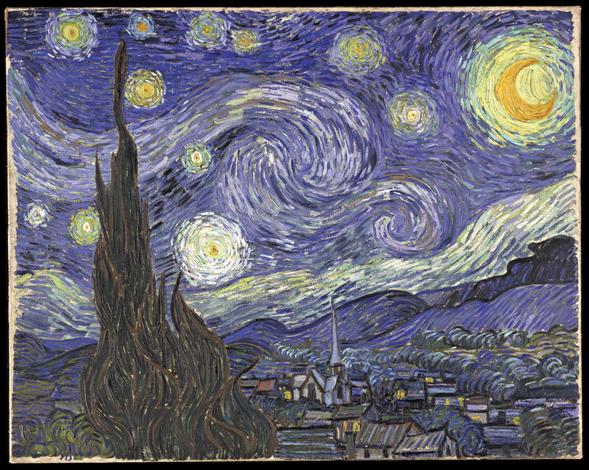Quirky Quarks Inside Neutron Stars
SDSU astrophysicist's model predicts that a fundamental particle nearly always found in composite clumps lives a solitary existence inside neutron stars.

You can’t see them, but everything inside of you and around you is full of quarks—elementary particles which constitute matter’s most fundamental building blocks. The quarks are generally bound up into composite particles such as neutrons and protons. Solitary quarks by their lonesome don’t exist in nature. Unless, that is, you happen to live inside a neutron star.
San Diego State theoretical astrophysicist Fridolin Weber has uncovered new evidence that such lonesome quarks, known in the physics world as deconfined quark matter, may indeed exist deep in the belly of neutron stars.
Weber, along with SDSU postdoctoral fellow Milva Orsaria, Brazilian physicist Hilário Antonio Rodrigues Gonçalves, and Argentinian physicist Gustavo Contrera, developed a theoretical model for the formation structure of neutron stars that takes into account a variety of different state-of-the-art theories on how quarks interact with various other particles under extreme densities.
Super-dense stars
Neutron stars are dense, neutron-packed remnants of massive stars that blew apart in supernova explosions. They are only around 24 kilometers (15 miles) in diameter, yet are twice as massive as our sun. At such extraordinary densities, atomic structures collapse and atomic nuclei are squeezed so tightly together that new fundamental particles are generated.
The team found that according to their model, neutron stars that are between approximately 2 and 2.5 times more massive than our sun could provide the right conditions for the existence of “extended regions of mixed quark-hadron matter,” or in other words, a quark soup in the cores of neutron stars.
“These quarks would exist as a permanent component of the star’s matter,” Weber said.
In the past, many astrophysicists thought neutron stars that massive didn’t exist. But in the last two years, astronomers have discovered two neutron stars, known by the catchy names PSR J1614-2230 and PSR J0348+0432, with masses that fall within that range.
“Conventional wisdom has it that individual quarks can’t exist as free particles, other than under the extreme temperatures and densities created for a billionth of a billionth of one ten-thousandth of a second in certain particle colliders,” Weber said. “But this research suggests deconfined quarks could exist for millions, even billions of years inside neutron stars.”
Revising theories
What’s more, Weber’s model speculates that these deconfined quarks could make up between 20 and 80 percent of a neutron star’s total mass. That would mean astrophysicists would need to revise their existing theories on how neutron stars cool, as well as fundamental estimations about their radiuses and masses. Weber and colleagues published their research recently in the journal Physical Review C.
The discovery of deconfined quarks in the cores of neutron stars would have profound implications for a reigning theory of modern particle physics, called quantum chromodynamics, which explains how forces interact with subatomic particles.
“The findings published in this paper should cause physicists to rethink the broader role of quarks for astrophysics,” Weber said.



